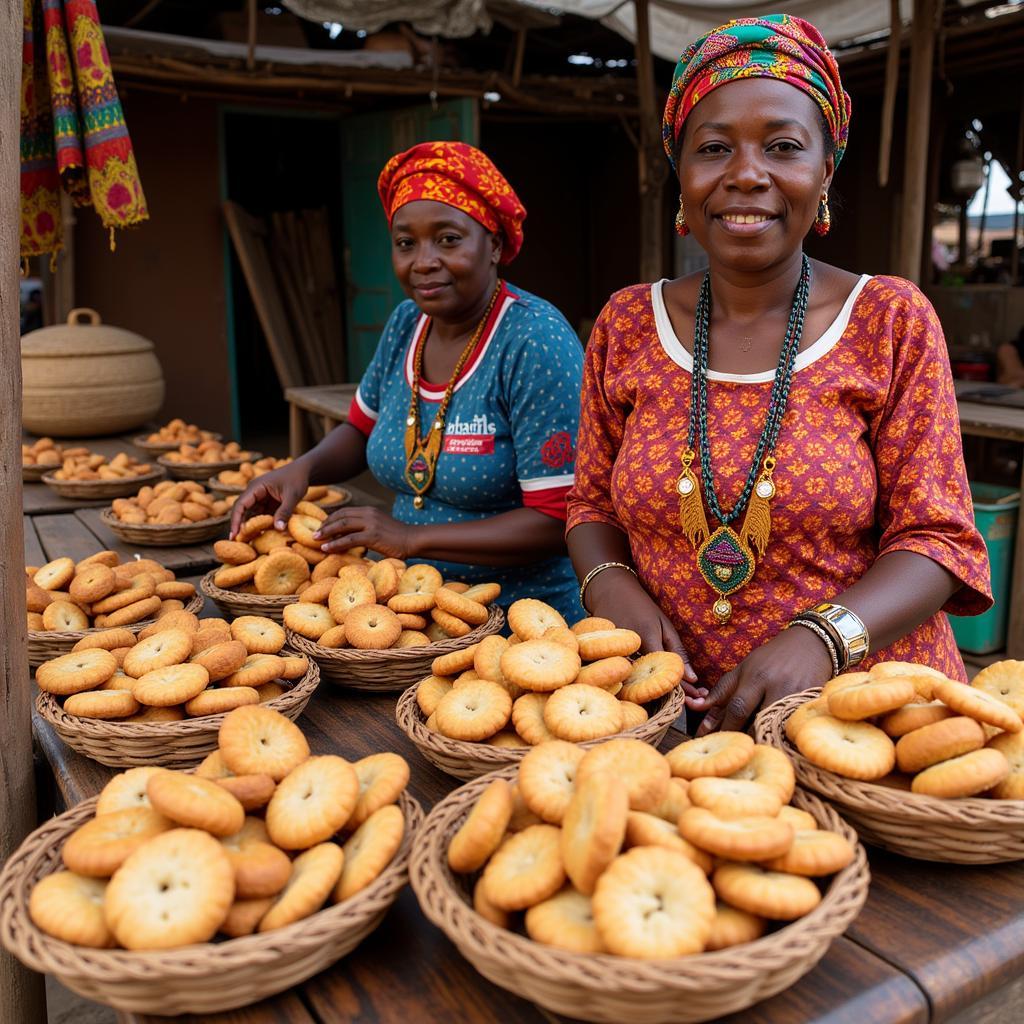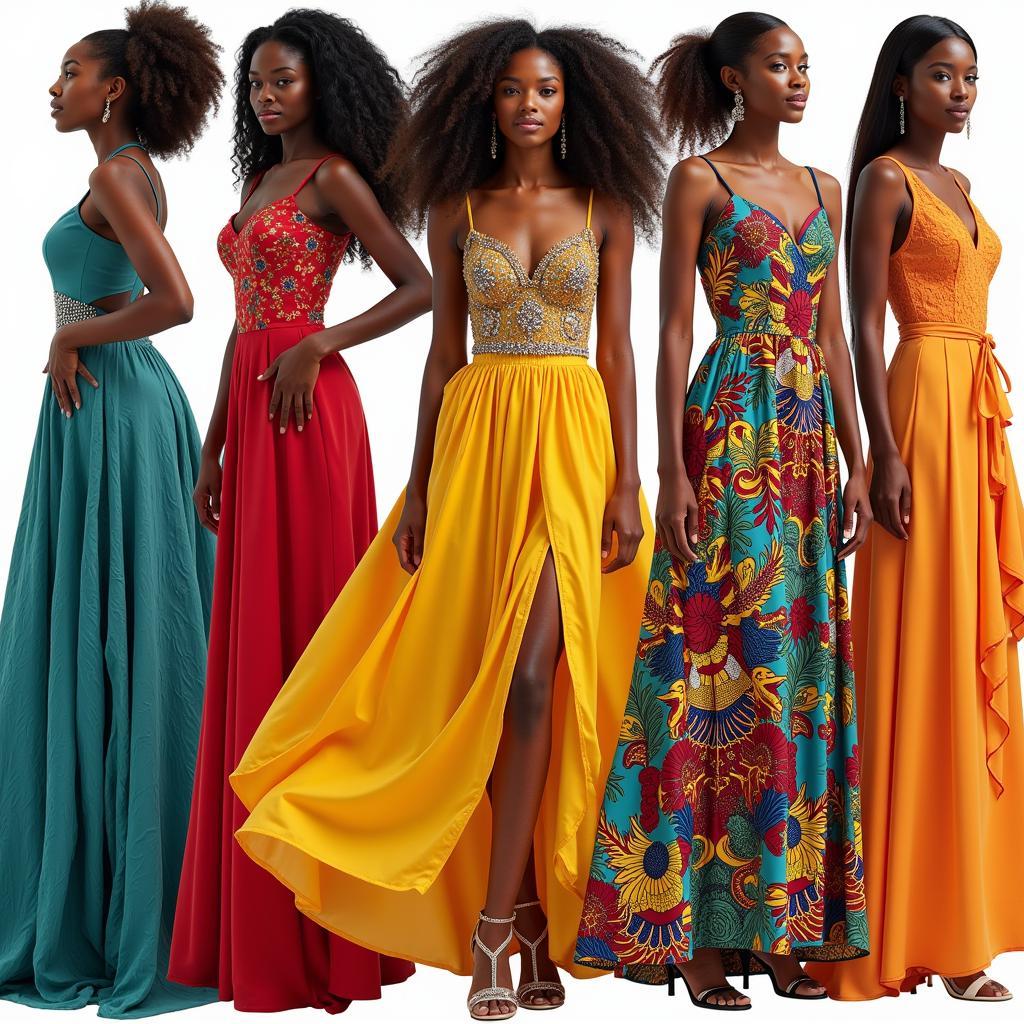African Blackwood Chopsticks: Luxury and Tradition
African Blackwood Chopsticks are a unique blend of African heritage and Asian dining culture. These elegant utensils, crafted from the dense and richly colored mpingo wood, offer a luxurious dining experience. But their significance goes beyond mere aesthetics, reflecting both sustainable practices and cultural exchange.
The Allure of African Blackwood Chopsticks
African blackwood, scientifically known as Dalbergia melanoxylon, is prized for its dense, dark wood. This density makes it ideal for crafting high-quality chopsticks that are smooth, durable, and resistant to warping. Beyond their practicality, these chopsticks hold an allure rooted in their exotic origins and the meticulous craftsmanship involved in their creation. The rich, dark hue of the wood adds a touch of elegance to any table setting.
Many people are drawn to african blackwood chopsticks for their connection to sustainable practices. The mpingo tree is primarily found in Tanzania and Mozambique, and its harvesting is carefully regulated to ensure its long-term survival. By choosing these chopsticks, consumers can support sustainable forestry and contribute to the preservation of this precious resource.
From Mpingo Tree to Table: The Crafting Process
The journey of african blackwood chopsticks from tree to table is a testament to skilled craftsmanship. The process begins with the careful selection of mature mpingo trees, followed by sustainable harvesting practices. The wood is then seasoned and air-dried to reduce moisture content, preventing warping and cracking. Skilled artisans carve and shape the wood into sleek, perfectly balanced chopsticks. The final step involves polishing the chopsticks to a smooth, luxurious finish, often using natural oils and waxes to enhance the wood’s natural beauty. The entire process is a delicate balance of tradition and precision.
More Than Just Utensils: Cultural Significance
African blackwood chopsticks represent more than just a dining tool. They symbolize a bridge between cultures, a fusion of African heritage and East Asian dining traditions. They also represent a commitment to sustainability and ethical sourcing. Owning a pair of these chopsticks is a statement of appreciation for both artistry and environmental consciousness. These chopsticks offer a tangible connection to the rich cultural tapestry of Africa.
“African blackwood chopsticks are not just beautiful, they are a story. A story of sustainable craftsmanship, cultural exchange, and a deep respect for nature,” says Dr. Anika Mtwara, an expert in East African cultural heritage.
Choosing and Caring for Your African Blackwood Chopsticks
When selecting african blackwood chopsticks, look for a smooth, even finish and a comfortable weight. Avoid chopsticks with cracks or imperfections. Proper care is essential to maintaining their beauty and longevity. Hand-washing is recommended, and avoid prolonged soaking in water. Occasionally applying a food-safe mineral oil can help preserve the wood’s natural luster.
“Investing in a quality pair of african blackwood chopsticks is an investment in a piece of art. With proper care, they can be cherished for generations,” adds Dr. Mtwara.
Conclusion: A Touch of Africa at Your Table
African blackwood chopsticks offer a unique dining experience, blending beauty, sustainability, and cultural significance. From the meticulous craftsmanship to the rich, dark wood, these chopsticks are more than just utensils; they are a statement piece. By choosing african blackwood chopsticks, you are not only enhancing your dining experience but also supporting sustainable practices and celebrating the rich heritage of Africa.
FAQ
- What is the average lifespan of african blackwood chopsticks? With proper care, they can last for decades.
- Are african blackwood chopsticks dishwasher safe? No, hand-washing is recommended.
- Where can I buy authentic african blackwood chopsticks? Reputable online retailers and specialty stores often carry them.
- What is the best way to clean african blackwood chopsticks? Wash them gently with warm soapy water and dry immediately.
- Are african blackwood chopsticks expensive? They are generally more expensive than other types of chopsticks due to the rarity and quality of the wood.
- Are there different grades of african blackwood chopsticks? Yes, the quality can vary depending on the density and grain of the wood.
- What is the significance of mpingo wood? It is a culturally important and protected tree species in East Africa.
For further assistance or to explore our range of handcrafted African products, please contact us at +255768904061, email us at kaka.mag@gmail.com, or visit us at Mbarali DC Mawindi, Kangaga, Tanzania. Our customer service team is available 24/7. You might also be interested in our articles about other African crafts or sustainable living practices.




